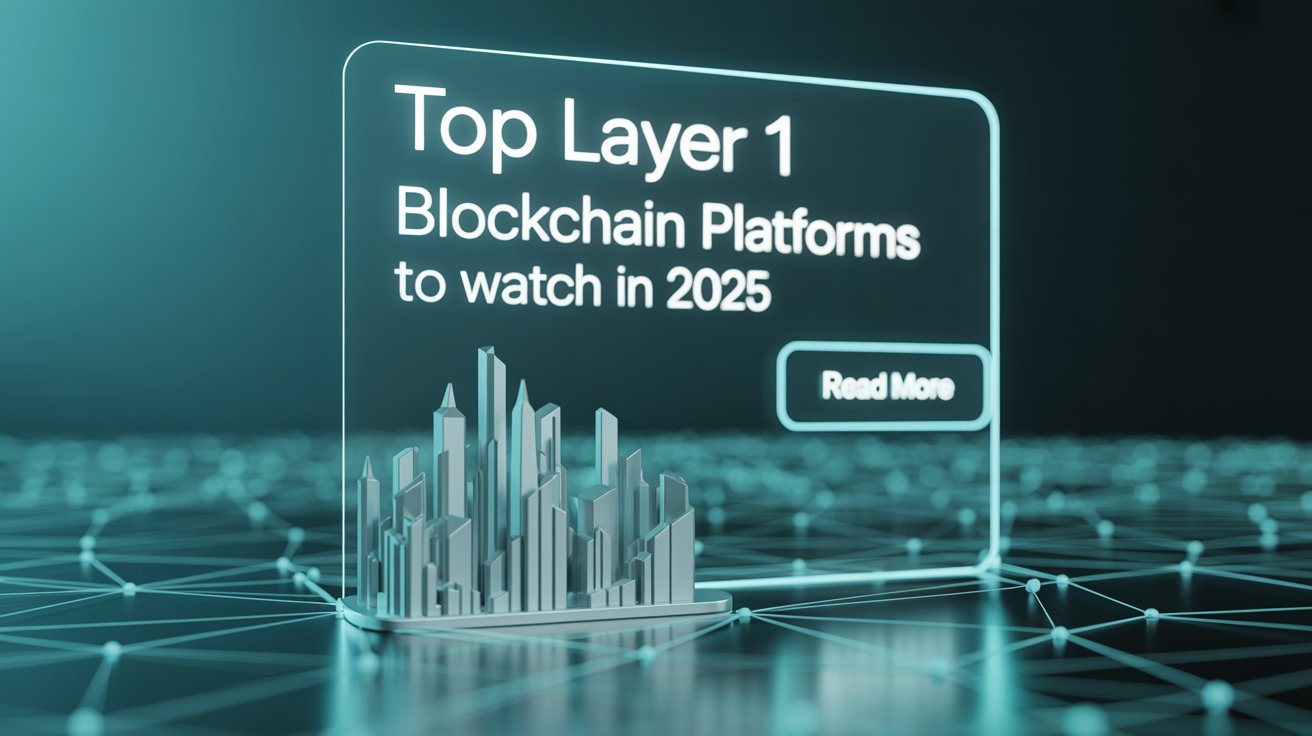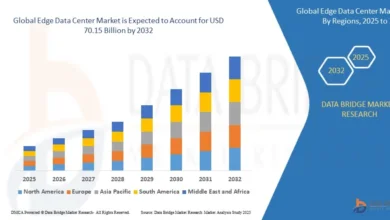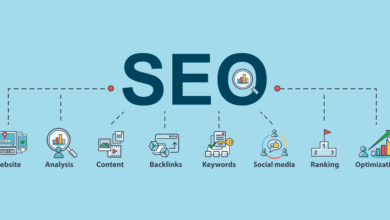Top Layer 1 Blockchain Platforms to Watch in 2025
Explore the top Layer 1 blockchain platforms to watch in 2025, highlighting Ethereum, Solana, Cardano, and more for scalability, security, and decentralized solutions.

The world of blockchain is evolving at a rapid pace, and as we move into 2025, the landscape of Layer 1 blockchain platforms is becoming even more exciting. These platforms form the foundation of decentralized networks, enabling secure and transparent transactions, and supporting everything from cryptocurrencies to decentralized applications (dApps) and smart contracts.
For those who are invested in the blockchain space or just getting started, it’s important to keep an eye on the platforms that are driving the future. In this blog, we’ll explore the top Layer 1 blockchain platforms to watch in 2025. We’ll dive into their unique features, what sets them apart, and how they are paving the way for a decentralized future.
What is a Layer 1 Blockchain Platform?
Before we dive into the specifics of the platforms themselves, let’s first clarify what a Layer 1 blockchain platform is. At its core, Layer 1 refers to the base blockchain architecture that handles the fundamental processes like transaction validation, data storage, and security. Unlike Layer 2 solutions, which build on top of Layer 1 to improve scalability or transaction speed, Layer 1 is the foundation that supports everything in a blockchain ecosystem.
Examples of Layer 1 platforms include Bitcoin, Ethereum, and Solana. Each one has its own approach to consensus mechanisms (how transactions are validated) and scalability, but they all share the goal of decentralizing control and providing a transparent, secure environment for transactions.
Why Layer 1 Blockchain Platforms Matter
Layer 1 platforms are crucial because they handle the core functions that make blockchains secure, transparent, and decentralized. Without these foundational networks, many of the applications we use every day in the crypto space wouldn’t be possible.
Layer 1 platforms are responsible for:
- Transaction Validation: Ensuring that transactions are legitimate and that no one can double-spend or alter transaction data.
- Security: Protecting data and assets from being tampered with or accessed by unauthorized parties.
- Decentralization: Ensuring that no single party has control over the network, which promotes fairness and transparency.
In 2025, Layer 1 blockchains are expected to continue evolving in terms of scalability, security, and sustainability. Let’s take a closer look at the most promising platforms to keep an eye on.
1. Ethereum (ETH)
Ethereum is one of the most well-known Layer 1 blockchain platforms, and it remains a key player in the ecosystem. After successfully transitioning to Proof of Stake with the Ethereum 2.0 upgrade, Ethereum has taken a big step toward reducing its energy consumption and improving its scalability.
In 2025, Ethereum will likely continue to be a major force in the blockchain space, especially for decentralized finance (DeFi) applications and smart contracts. With Ethereum’s established network of developers and users, it’s a platform that will continue to grow and evolve.
What sets Ethereum apart is its support for decentralized applications (dApps). These are applications that run on the blockchain and offer everything from financial services to social media. In the coming years, we can expect Ethereum to further optimize its scalability with Ethereum 2.0’s rollouts, making it one of the most powerful Layer 1 platforms for the decentralized web.
2. Solana (SOL)
Solana has become one of the most talked-about blockchain platforms in recent years. Known for its incredible transaction speed and low fees, Solana has earned a reputation as one of the fastest Layer 1 platforms on the market.
Unlike Ethereum, which uses Proof of Stake, Solana uses a unique combination of Proof of Stake and Proof of History (PoH) to achieve its high throughput. This allows it to process thousands of transactions per second (TPS), making it ideal for decentralized applications and use cases that require high scalability.
Solana is poised to make a significant impact in 2025 as it continues to grow its ecosystem. Its low transaction fees and high scalability make it a top choice for developers building DeFi applications, NFTs, and gaming platforms. The Solana network’s speed and low cost make it a prime candidate for those seeking low-cost blockchain solutions.
3. Cardano (ADA)
Cardano is a Layer 1 blockchain that focuses on sustainability, security, and scalability. Its approach is research-driven, and it is built on a scientific philosophy. Cardano uses a unique consensus mechanism called Ouroboros, a Proof of Stake algorithm that is designed to be both secure and energy-efficient.
What makes Cardano stand out is its focus on being a sustainable blockchain platform. Cardano is one of the few blockchain platforms that actively prioritizes environmental sustainability in its development. As the world grows more concerned about the environmental impact of blockchain technology, Cardano’s energy-efficient approach could become a key factor in its success.
In 2025, we expect Cardano to continue expanding its smart contract capabilities and become a more prominent player in the blockchain space. With its focus on sustainable and scalable growth, Cardano is well-positioned to attract developers who want to build decentralized applications that are both powerful and eco-friendly.
4. Polkadot (DOT)
Polkadot is a unique Layer 1 blockchain that focuses on interoperability—connecting different blockchains together to work as a unified network. Built by Ethereum co-founder Gavin Wood, Polkadot is designed to solve the problem of blockchain fragmentation, where different blockchains often operate in silos.
What sets Polkadot apart is its ability to facilitate cross-chain communication. With Polkadot, different blockchains can communicate and share data in a secure, decentralized manner. This interoperability could be a game-changer in 2025, as it allows developers to build decentralized applications that can interact across multiple networks.
Polkadot’s parachain system allows for multiple blockchains to run in parallel, each optimized for specific use cases. This architecture makes Polkadot a strong contender for the future of blockchain interoperability.
5. Avalanche (AVAX)
Avalanche is a fast, scalable Layer 1 blockchain that aims to deliver high throughput while maintaining decentralization. One of its standout features is its consensus protocol, called Avalanche consensus, which allows the network to process transactions quickly while ensuring security.
Avalanche has gained attention for its ability to support decentralized applications, custom blockchain networks, and asset issuance, all while offering low transaction fees and high transaction speeds.
As the demand for DeFi applications continues to rise, Avalanche is well-positioned to become a major player in 2025. Its ability to scale efficiently while maintaining decentralization makes it a strong contender for developers seeking high-performance blockchain solutions.
6. Tezos (XTZ)
Tezos is a unique Layer 1 blockchain platform that focuses on self-amendment and on-chain governance. This means that the network can evolve and upgrade itself without needing to hard fork or disrupt the ecosystem.
Tezos uses a Proof of Stake consensus mechanism, which reduces energy consumption and helps the network scale in a sustainable manner. Its focus on governance and upgradability makes it stand out from other Layer 1 platforms.
Tezos is well-suited for developers looking for a blockchain that can adapt and evolve over time, making it a great platform for long-term projects. With its growing focus on NFTs and smart contracts, Tezos could see significant growth in 2025.
7. Algorand (ALGO)
Algorand is a Layer 1 blockchain that focuses on speed, scalability, and decentralization. It uses a Pure Proof of Stake (PPoS) consensus mechanism, which is designed to be highly secure and efficient while maintaining low transaction fees.
Algorand’s primary goal is to create a decentralized economy that is accessible to everyone. It’s known for its fast transaction finality, which ensures that transactions are confirmed almost instantly. This feature makes Algorand particularly attractive for use cases that require high throughput and minimal delay.
With its commitment to creating an accessible and scalable blockchain ecosystem, Algorand is expected to continue growing in 2025 as it becomes a popular platform for decentralized finance and other applications.
8. Harmony (ONE)
Harmony is a Layer 1 blockchain that focuses on solving the scalability problem that many blockchains face. It uses sharding technology to split the network into smaller pieces, allowing it to process transactions in parallel. This makes Harmony one of the most scalable Layer 1 blockchains available.
By focusing on scalability and transaction speed, Harmony has positioned itself as a potential leader in decentralized applications and DeFi. Its low-cost blockchain solutions and ability to scale quickly make it an attractive option for developers looking to build high-performance applications.
Also Read – The Blockchain Advantage: Supercharge Your Business with dApp Solutions
Conclusion
The blockchain space is rapidly evolving, and as we approach 2025, Layer 1 platforms will continue to play a central role in shaping the decentralized future. From Ethereum’s move to Proof of Stake to Solana’s incredible transaction speeds and Cardano’s focus on sustainability, these platforms are pushing the boundaries of what’s possible in blockchain technology.
Whether you’re looking for a sustainable blockchain platform to reduce your environmental impact, or seeking low-cost blockchain solutions for high-speed applications, these Layer 1 blockchain platforms are paving the way for the future of decentralized systems.




